
What’s the issue?
On July 26, 2023, The World Health Organization (WHO) International Agency for Research on Cancer (IARC) declared aspartame a potential carcinogen based on a hazard evaluation with the mention that more research is needed to understand the health impacts. Another WHO agency named the Joint Expert Committee on Food Additives (JECFA) focused on risk assessment considering exposure, and concluded that ‘there was no convincing evidence from experimental animal or human data that aspartame has adverse effects after ingestion.’ (WHO/JECFA) JECFA and Health Canada state the acceptable daily intake (ADI) for aspartame as 0–40 mg/kg body weight. According to Francesco Branca, WHO’s director of nutrition and food safety, the ‘safe’ limit is roughly equivalent to nine to 14 cans of soda a day for an average-sized adult and the “occasional consumption of aspartame is probably not going to be associated with a health risk for most individuals.” Reactions to WHO’s reports have been mixed, with some experts saying that aspartame is largely safe while others argue there are still potential concerns about its health risks and that more research is needed.
Here are some news clips with credible spokespersons for deeper insights into the issues:
- Aspartame is in a lot of stuff, but what is it? CBC News, July 19, 2023 (4:47) with Emily Mardell RD http://www.cbc.ca/player/play/2246938179822
- WHO declares aspartame ‘possibly carcinogenic CBC News, July 13, 2023, (2:05) with Dr. David Ma U of Guelph & Dr. Vasanta Malik U of Toronto https://www.cbc.ca/player/play/2245070403983
Now what?
Health Canada’s online statement on Aspartame says that ‘there is no evidence to suggest that the consumption of foods containing this sweetener, according to the provisions of the Food and Drug Regulations and as part of a well-balanced diet, would pose a health risk to consumers. Health Canada is also reviewing the summary assessments by the WHO’s International Agency for Research on Cancer (IARC) and JECFA published on July 13, 2023, and will review the full reports for each assessment once they are released. The department will determine whether action on aspartame is needed to protect Canadians, taking into consideration the scientific details from the full reports and information specific to the Canadian context for aspartame. Action Health Canada could take, if necessary, includes reducing one or more maximum levels of use for aspartame, further restricting which foods it may be used in, or no longer permitting it to be used as a food additive.’ (Health Canada/Aspartame July 25, 2023)
Although food makers and regulators can show science on aspartame containing products as safe and demonstrate how they can be part of a balanced diet, consumers are hearing more in the media about aspartame being a potential carcinogen. This makes many people wonder about why eat foods/drink beverages that contain aspartame and start looking for alternative options. In my practice I see clients reading ingredients list more often than before to identify what’s in the foods they purchase. The opportunity for food makers is to better understand people’s perceptions, provide credible information and offer choices that meet their needs and preferences.
Please reach out to us for more information about translating the science to unlock food’s potential to support healthy living.

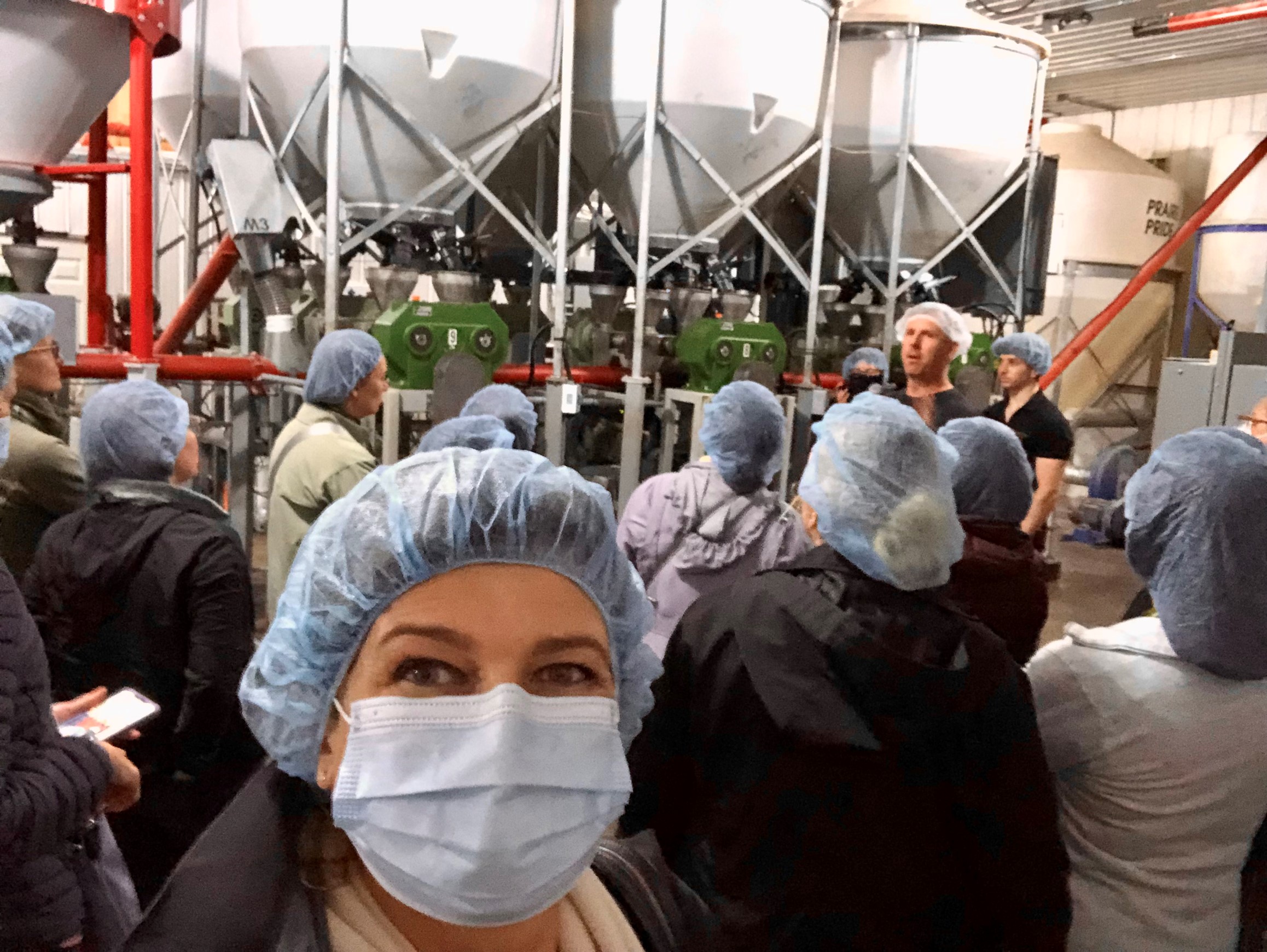
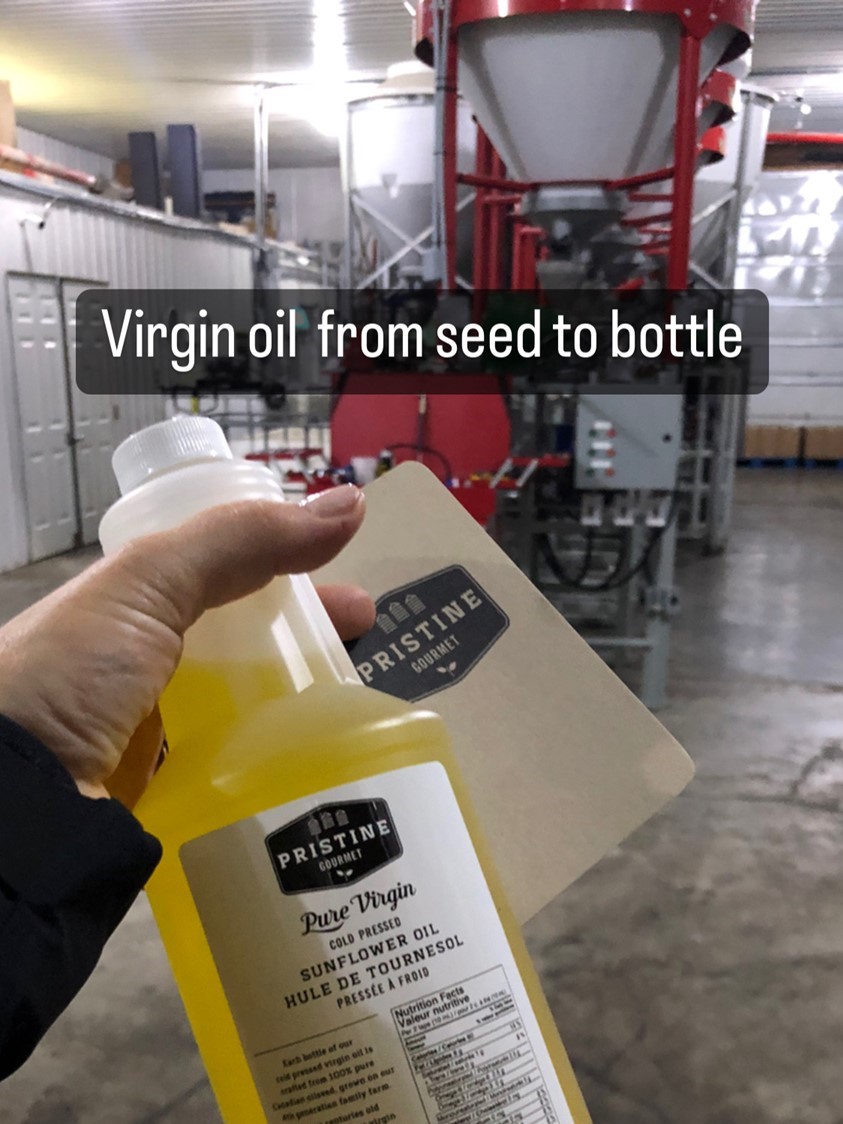




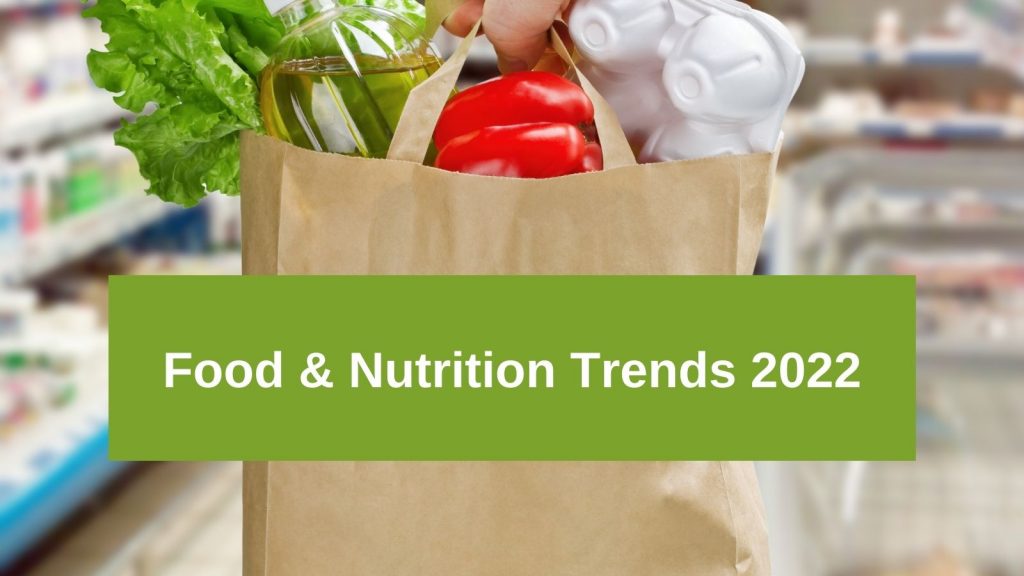

















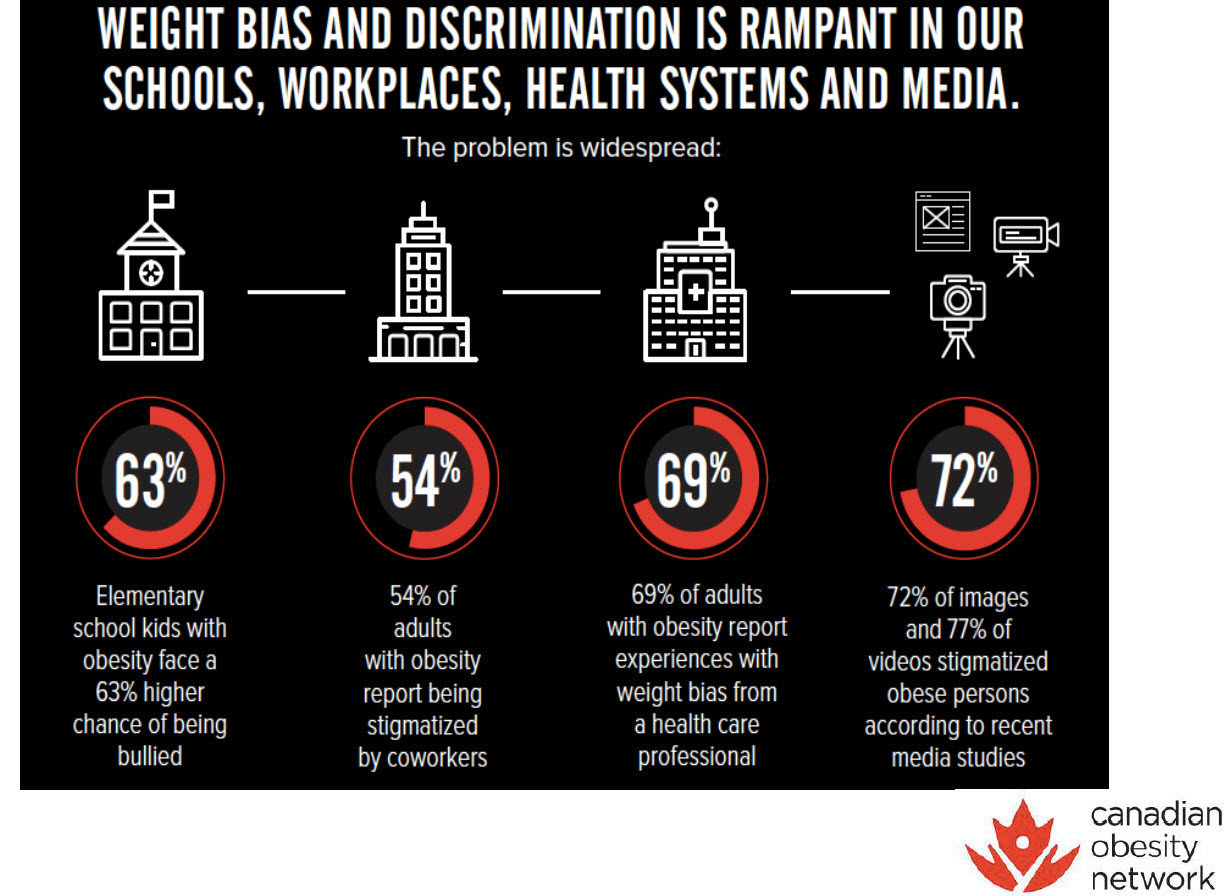
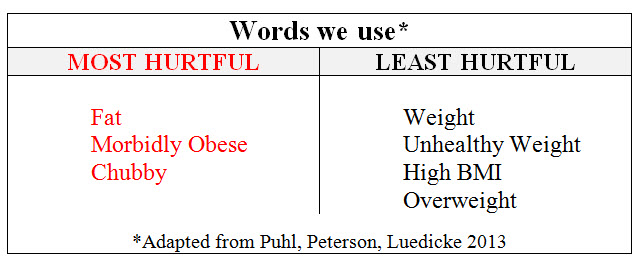


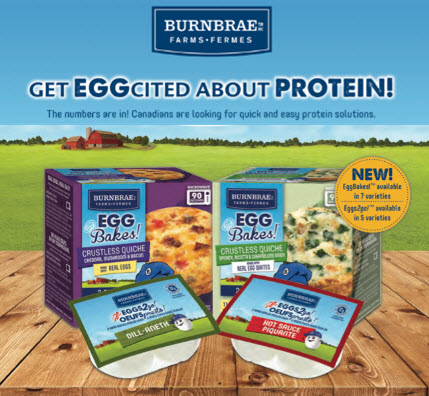
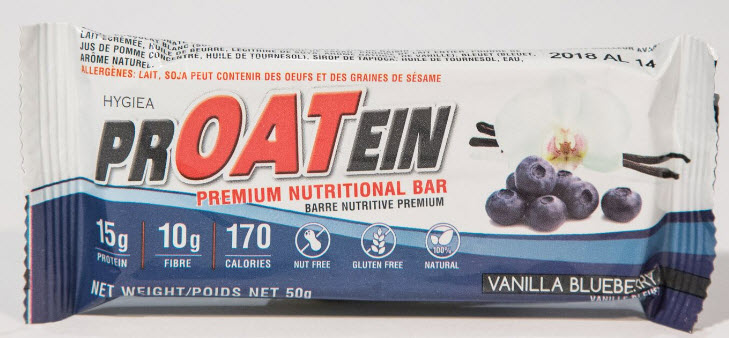
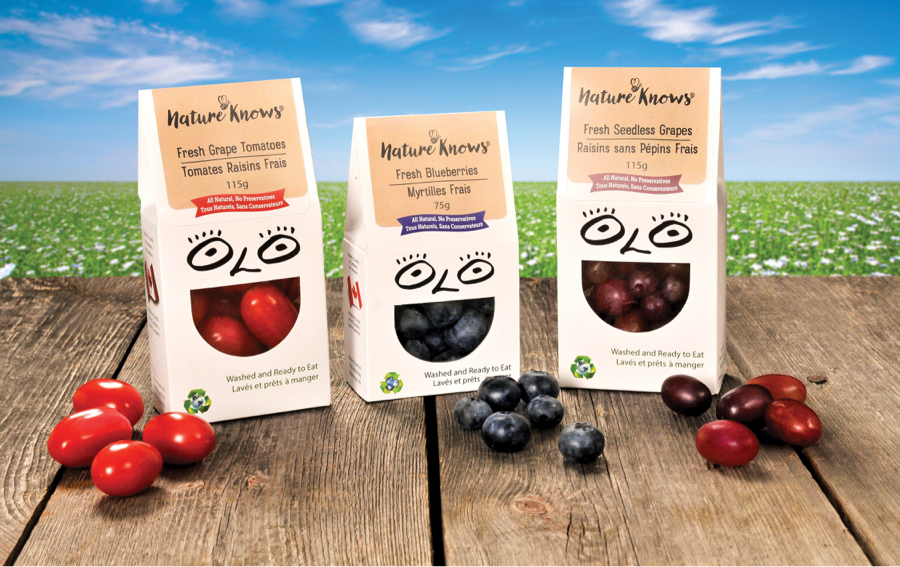



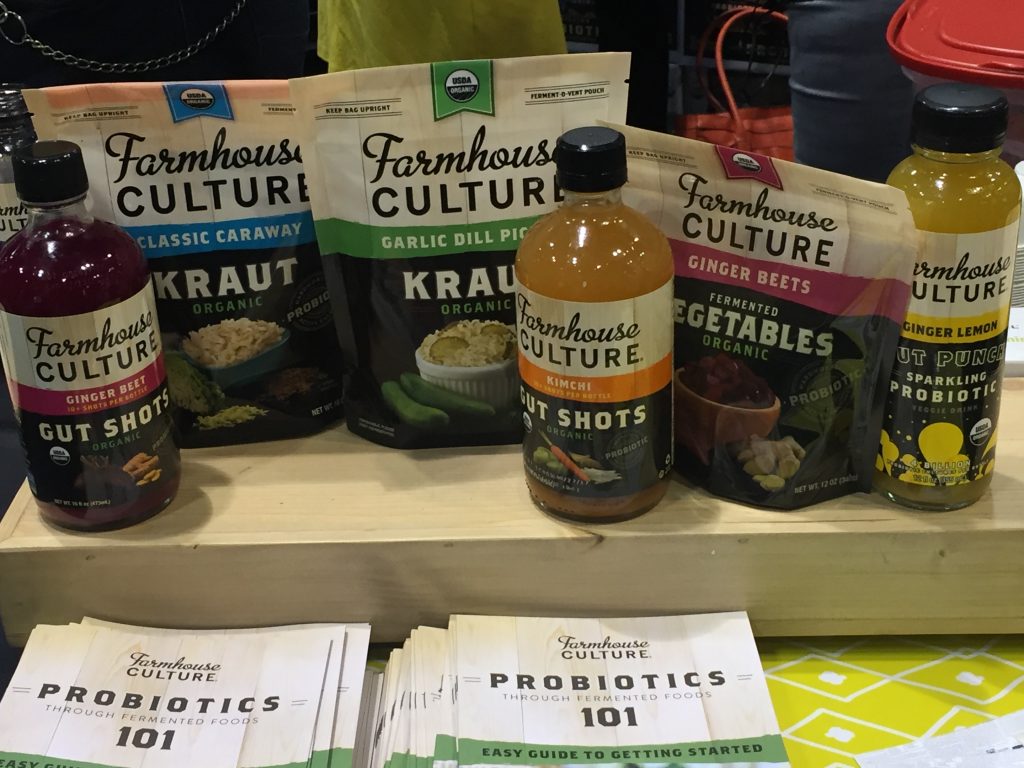
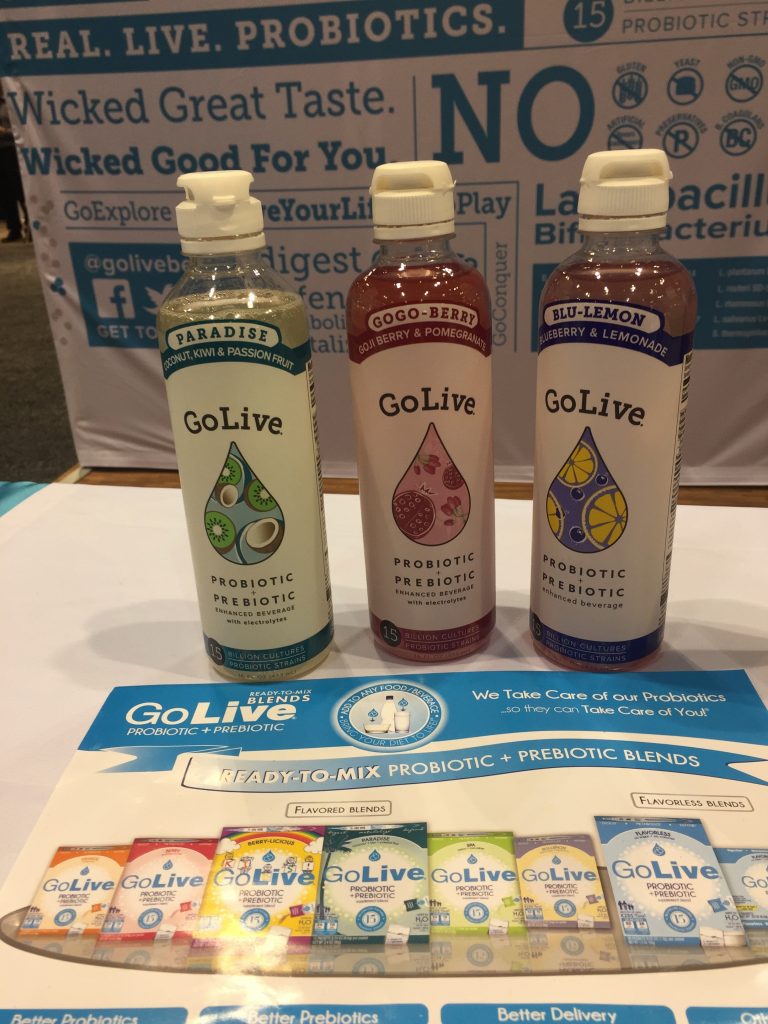
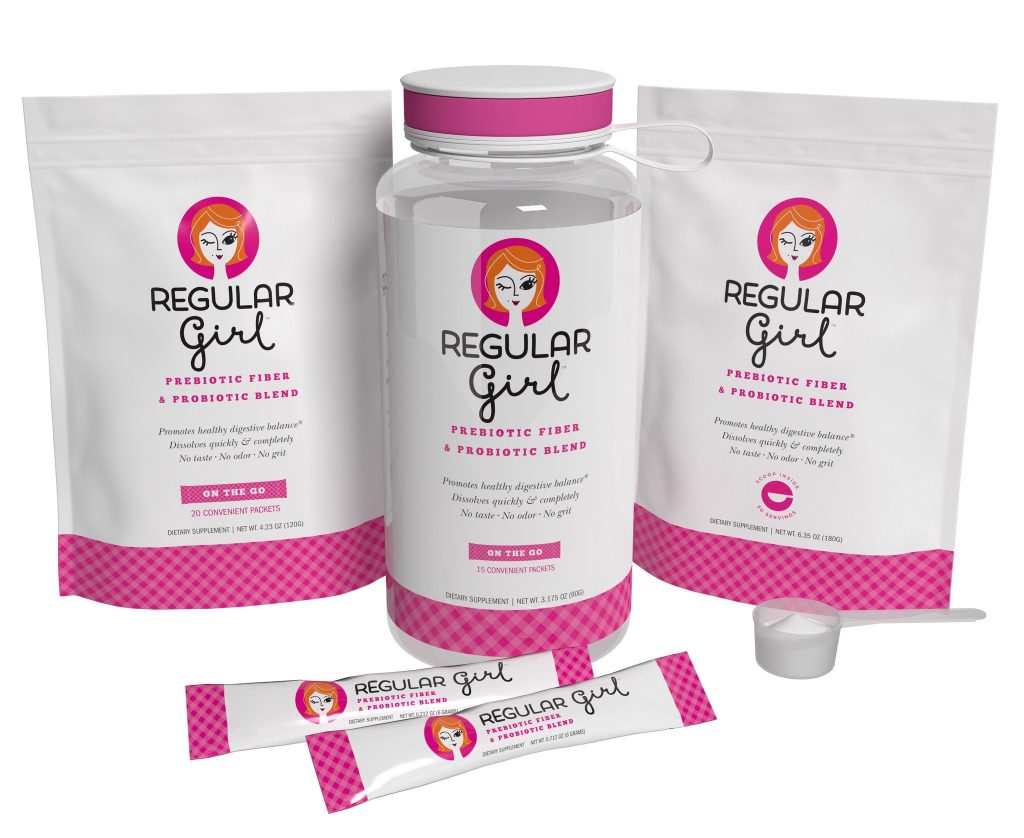
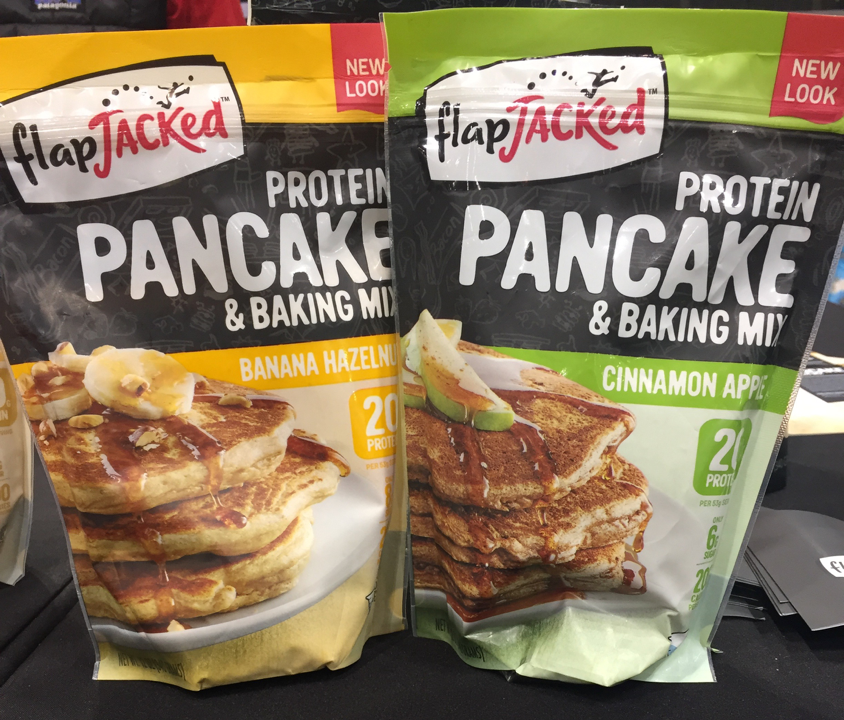

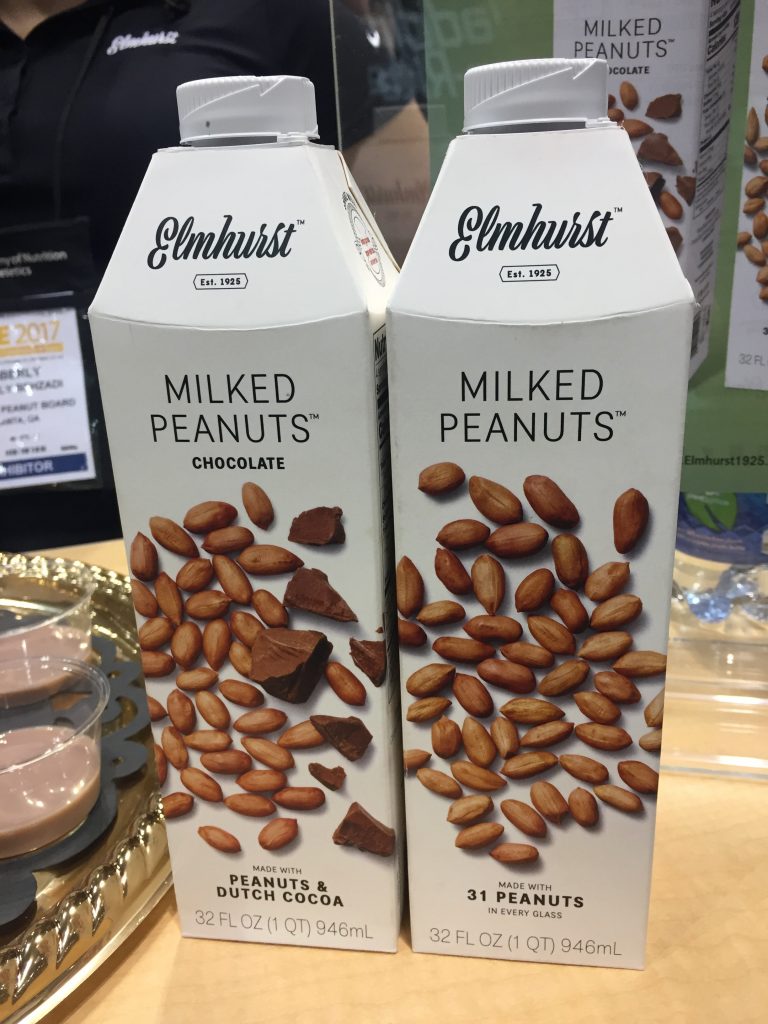
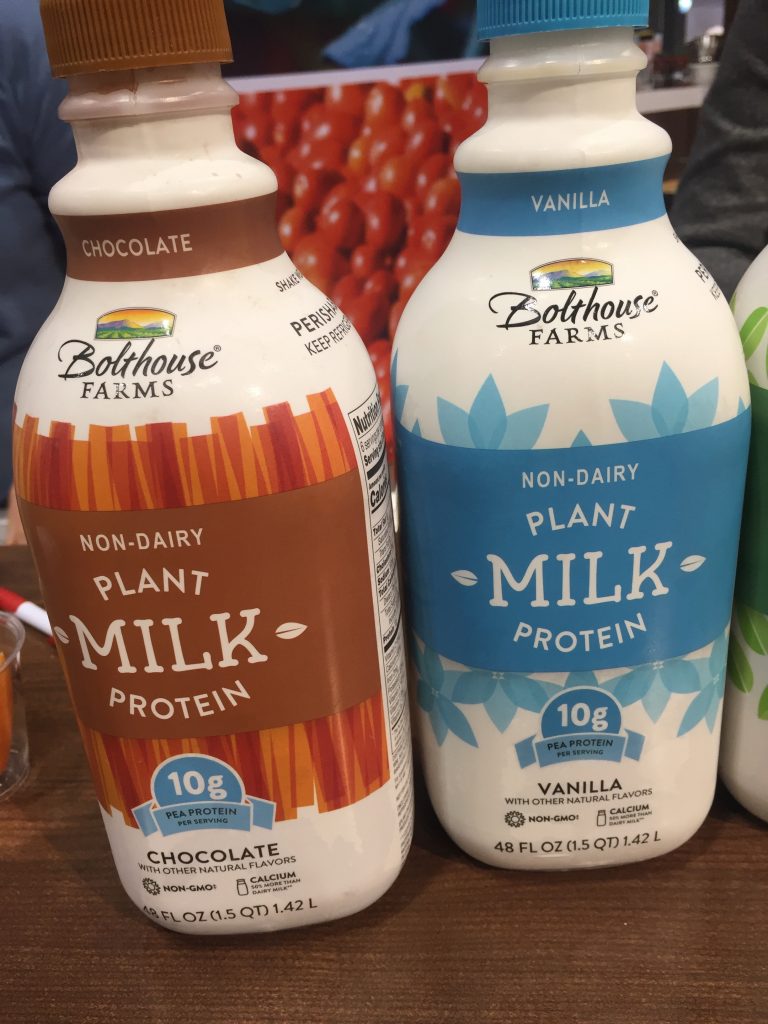
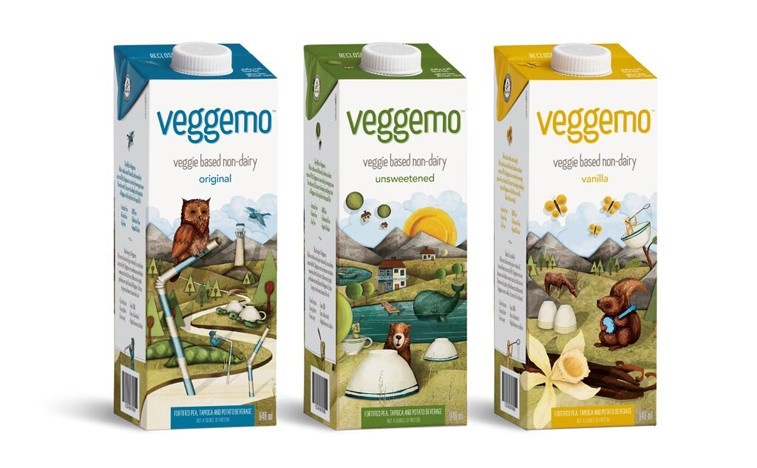



 .
. 








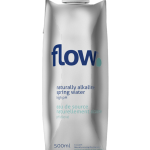 Alkaline water –naturally alkaline water with a high pH. A 500 mL serving contains: 0 calories, 0 g fat, 4 mg sodium 0 g carbohydrates, 0 g protein, 4% DV for calcium. (Top 10 Most Innovative Products for 2015.)
Alkaline water –naturally alkaline water with a high pH. A 500 mL serving contains: 0 calories, 0 g fat, 4 mg sodium 0 g carbohydrates, 0 g protein, 4% DV for calcium. (Top 10 Most Innovative Products for 2015.)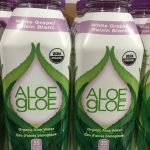 Aloe water – pulp free and sourced in North America. A 450 mL serving contains: 35 calories, o g fat, 0.015 mg sodium, 9 g carbohydrates, 8 g sugars, 0 g protein. (Made with aloe vera inner leaf powder, organic cane sugar, RebA stevia extract.)
Aloe water – pulp free and sourced in North America. A 450 mL serving contains: 35 calories, o g fat, 0.015 mg sodium, 9 g carbohydrates, 8 g sugars, 0 g protein. (Made with aloe vera inner leaf powder, organic cane sugar, RebA stevia extract.) Boxed water – why, because as the package says, “Boxed water is better”. The package tells their story – 78% of the box is composed from trees. No nutrition facts information is shown on the box.
Boxed water – why, because as the package says, “Boxed water is better”. The package tells their story – 78% of the box is composed from trees. No nutrition facts information is shown on the box. Protein2O – a protein enhanced water. A 500 mL serving contains: 70 calories, 0 g fat, 120 mg sodium, 70 mg potassium, 2 g carbohydrates, 0 g sugars, 15 g whey protein. (Made with sucralose.)
Protein2O – a protein enhanced water. A 500 mL serving contains: 70 calories, 0 g fat, 120 mg sodium, 70 mg potassium, 2 g carbohydrates, 0 g sugars, 15 g whey protein. (Made with sucralose.)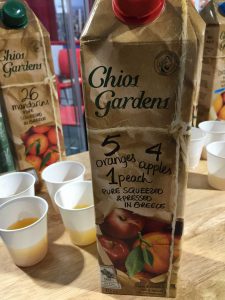
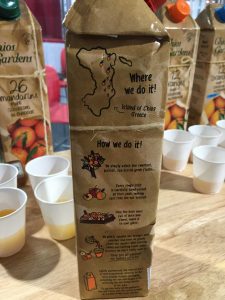
 3. Locally-grown quinoa. Who knew this gluten-free grain could be grown right here in in Ontario? Available in 2016.
3. Locally-grown quinoa. Who knew this gluten-free grain could be grown right here in in Ontario? Available in 2016.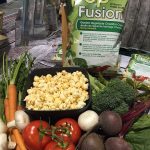 4. Pop Fusion Popcorn. Another local innovation. Popcorn is flavoured with a seasoning blend made from all of the veggies you see in the photo!
4. Pop Fusion Popcorn. Another local innovation. Popcorn is flavoured with a seasoning blend made from all of the veggies you see in the photo!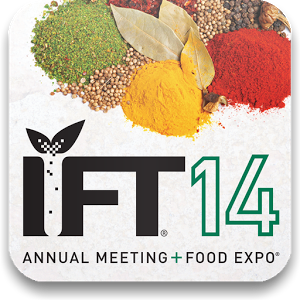 The Institute of Food Technologists (IFT) 2014 Annual Meeting attracted more than 16,400 food professionals from around the world to learn, exchange ideas and share knowledge. One of the highlights of the meeting was IFT’s five key innovation trends expected to have major impact on the food industry. We’ve added our builds for additional insights and context.
The Institute of Food Technologists (IFT) 2014 Annual Meeting attracted more than 16,400 food professionals from around the world to learn, exchange ideas and share knowledge. One of the highlights of the meeting was IFT’s five key innovation trends expected to have major impact on the food industry. We’ve added our builds for additional insights and context. From protein and probiotics to tea and cooking, we’ve got the scoop on the top 10 hottest trends for 2014.
From protein and probiotics to tea and cooking, we’ve got the scoop on the top 10 hottest trends for 2014.